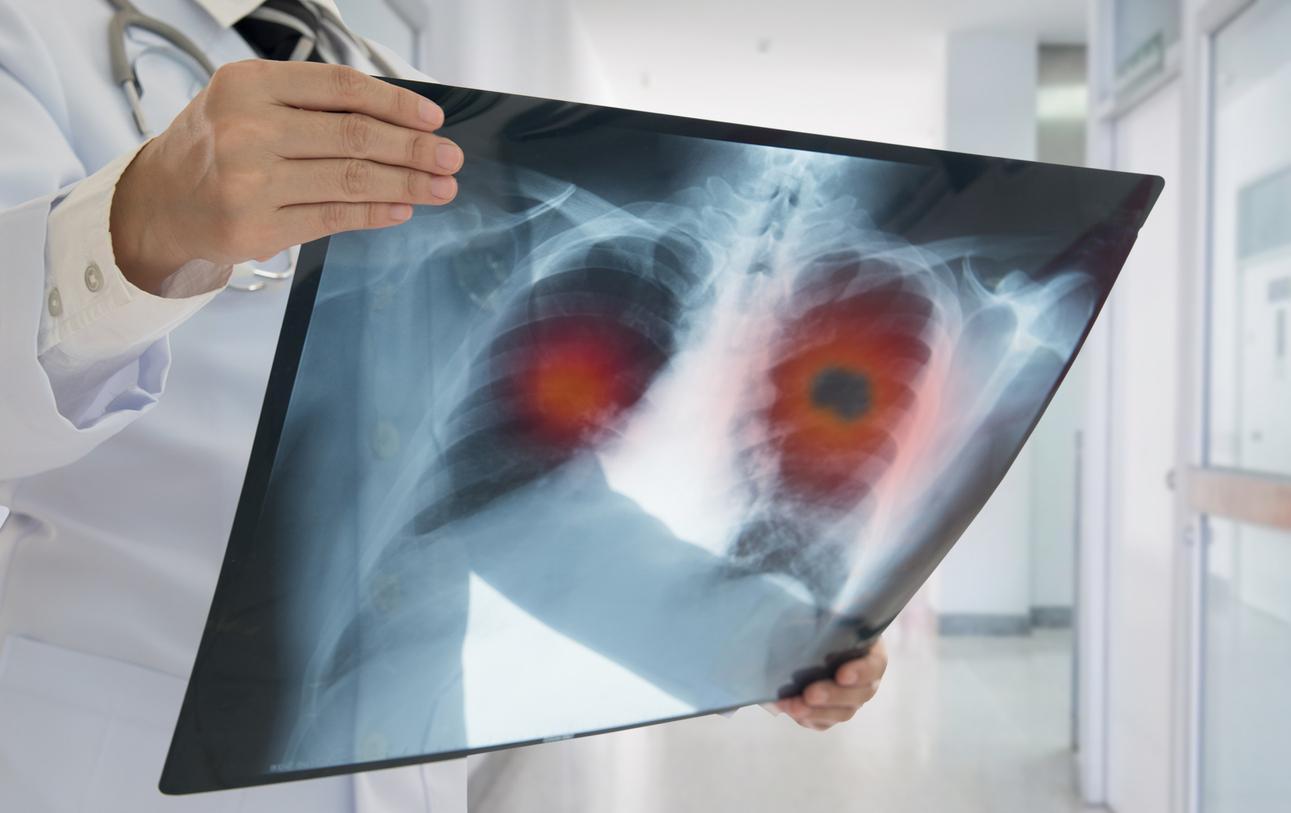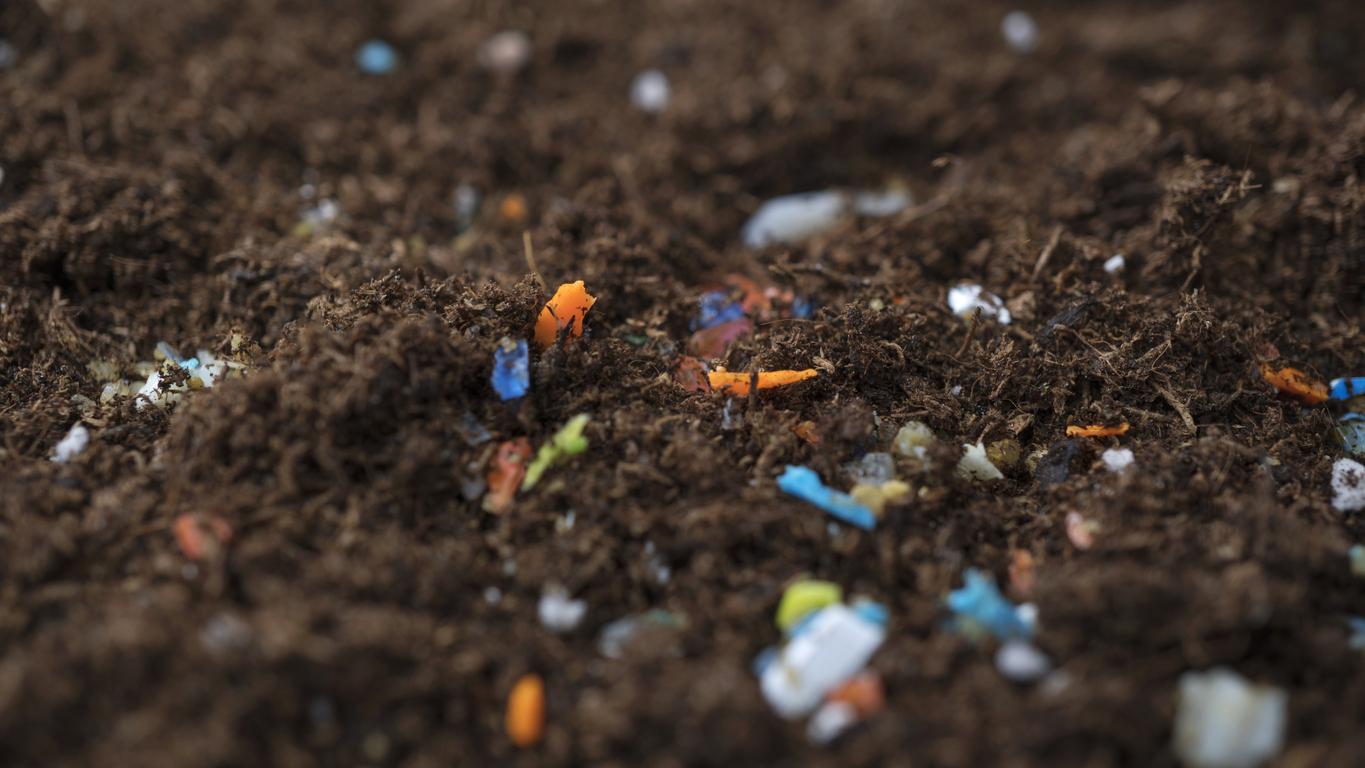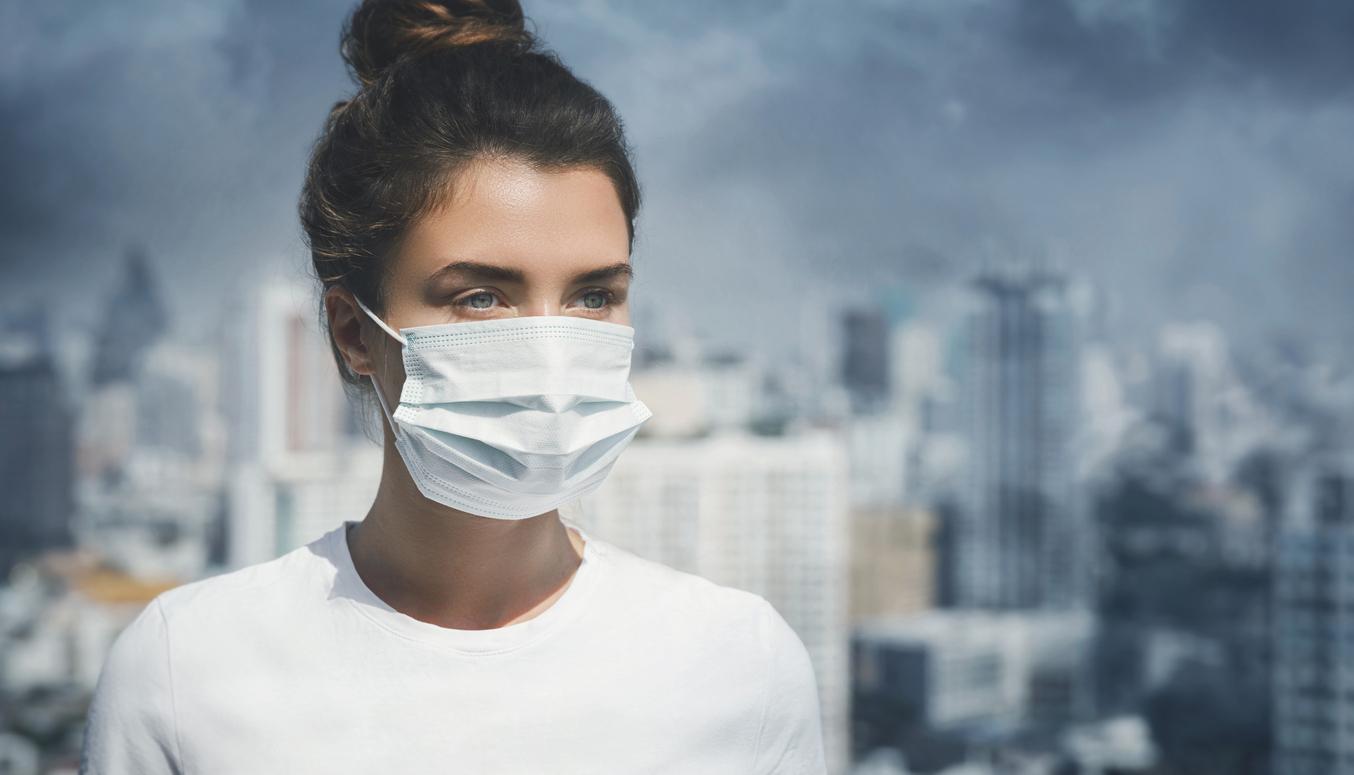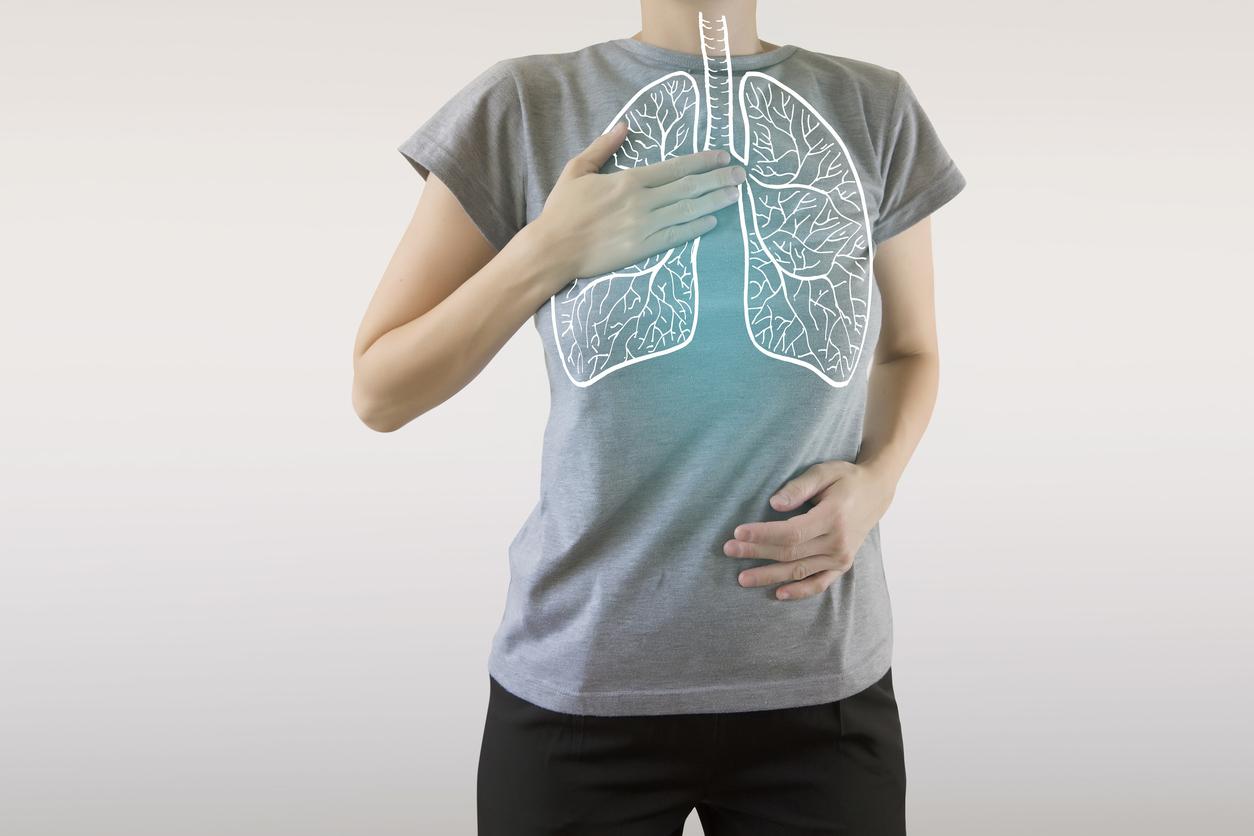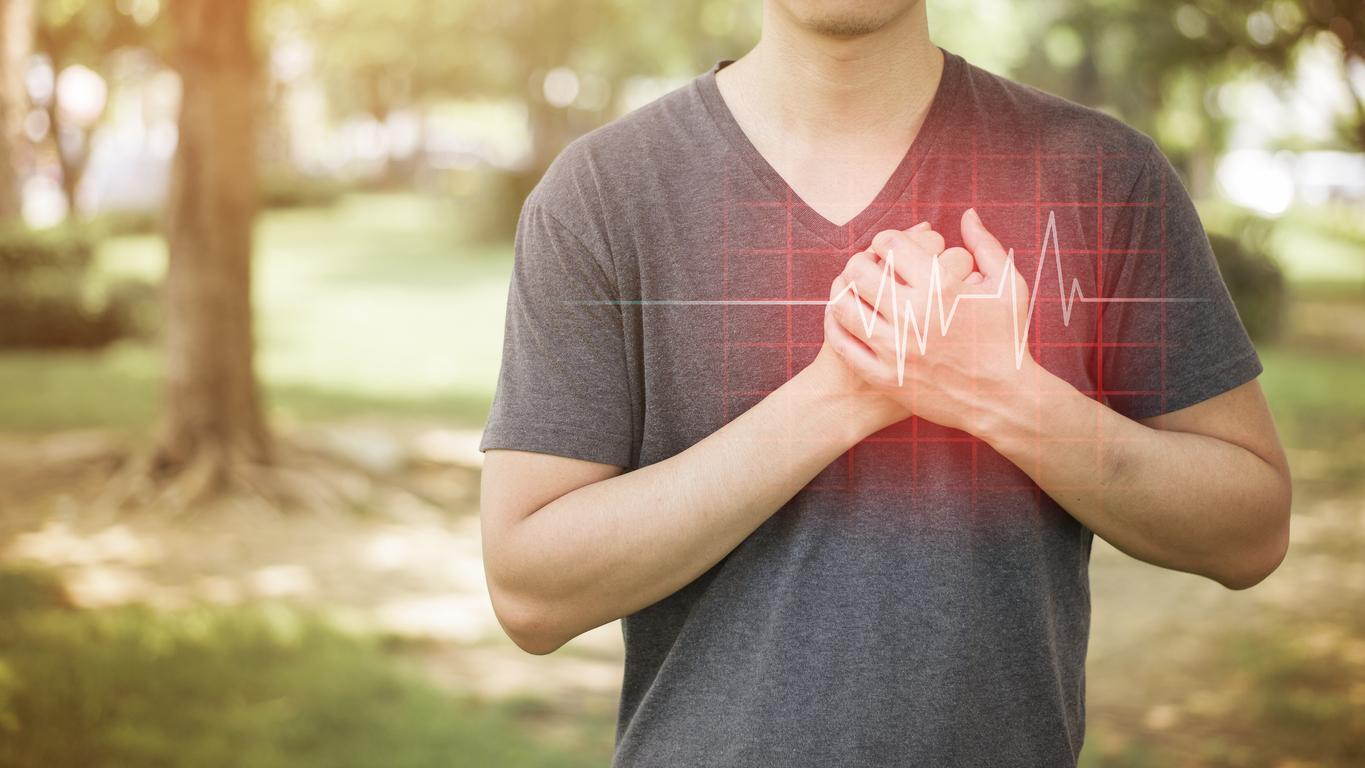Indeed, we know that the skin of a baby absorbs three times more chemical substances than that of an adult and that certain effects, reversible later, are not reversible in children under 2 years of age, whose organism does not yet have the capacity to degrade pollutants absorbed. Not to mention that the fixed dose limits are the same for a 5 kg infant and a 100 kg man! However, according to a study by Asef, 40% of children’s rooms have pollution thresholds above the recommended values. In a survey carried out in 2009, all the cots emitted formaldehyde, a substance recognized as a carcinogen since 2004, when babies spent 20 hours a day there! This is why a decree of December 2, 2011 now makes it mandatory to monitor indoor air quality in nurseries and schools. But Dr. Patrice Halimi, pediatric surgeon in Aix-en-Provence and co-founder of the Association Santé Environnement France (Asef), also advises future parents to “prepare the baby’s room at least two months before birth, because materials emit at maximum doses during the first weeks”. The work, if possible, should not be carried out by the future mother, because toxic substances are also particularly dangerous for pregnant women. These substances, in fact, can cross the placenta and pass into breast milk. It has been known since the late 1970s that glycol ethers can cause birth defects in the babies of exposed pregnant women. However, it is still found in paints, solvents, window sprays, etc. Otherwise, the pregnant woman should at least wear a mask and gloves for tinkering and cleaning. Finally, the elderly are also more fragile, because their body is weakened and eliminates toxic substances less well.
MCS, disease of the century
As there are people who are particularly sensitive to waves, today we speak of chemical hypersensitivity syndrome (or MCS syndrome). This chronic and debilitating disease, described in the 1950s by the American allergist TG Randolph, was recognized by the WHO in 2000. It manifests itself in a wide variety of symptoms, such as headaches, dizziness, fatigue, breathing difficulties, muscle and joint pain, nausea, diarrhea, sleep disturbances, heart palpitations, concentration and memory problems, it would affect 12 to 25% of us, including 3.5% very severely. Unfortunately, there is no treatment, except to try to limit its exposure.








